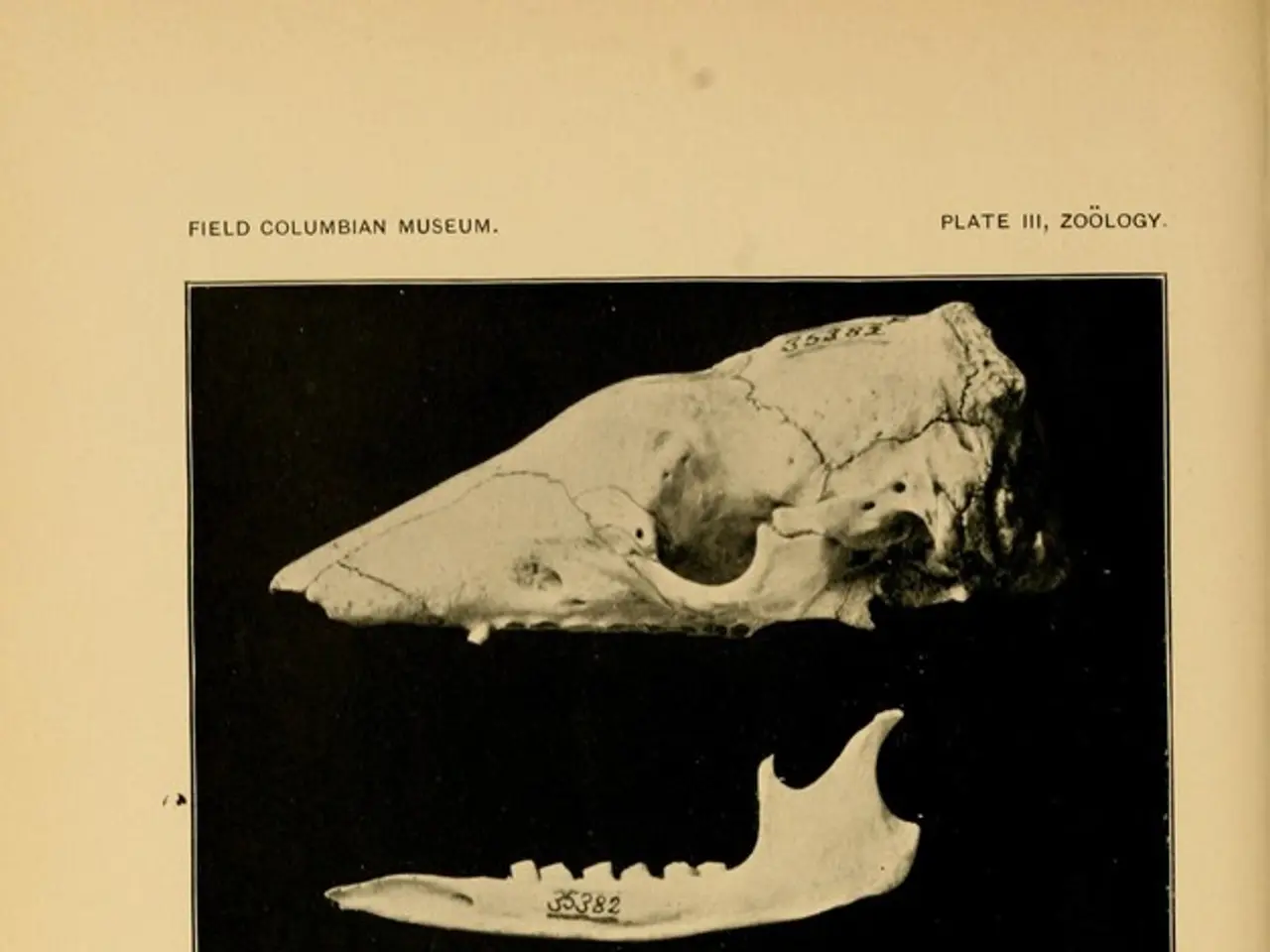Bone Lesion Biopsy: What Patients Need to Know
Patients may need to fast for eight hours before undergoing a bone lesion biopsy, especially when general anesthesia is involved. This procedure, used to diagnose bone abnormalities, can help distinguish between cancerous and noncancerous bone tumors.
A bone lesion biopsy involves making a small incision, drilling into the bone, and removing a tissue sample. The type of anesthesia used depends on the biopsy's location and nature, ranging from local to general. Before the surgery, imaging tests help locate the bone lesions, and a physical examination assesses the patient's health.
The biopsy aids in diagnosing various conditions, including cancer, infection, and other bone diseases like Ewing's sarcoma, fibroma, multiple myeloma, tuberculosis, benign bone tumors, osteomalacia, osteomyelitis, osteosarcoma, and rickets. It can also provide surgeons with an 'inside view' of bones, helping to inspect infections or diseases that might require amputation.
After the biopsy, patients rest in a hospital bed until they can go home, with responsibility for caring for their incision wound. The risk of complications, such as internal bleeding, organ injury, or infection, depends on individual health factors and may require special biopsy methods in vulnerable patients.
Read also:
- Inadequate supply of accessible housing overlooks London's disabled community
- Strange discovery in EU: Rabbits found with unusual appendages resembling tentacles on their heads
- Duration of a Travelling Blood Clot: Time Scale Explained
- Fainting versus Seizures: Overlaps, Distinctions, and Proper Responses






